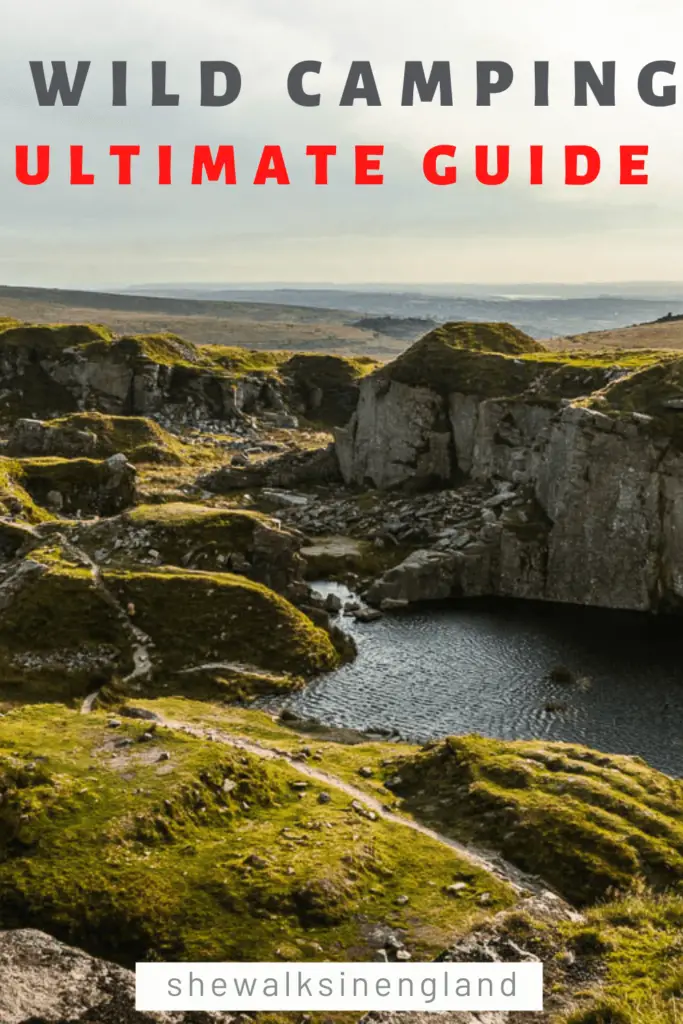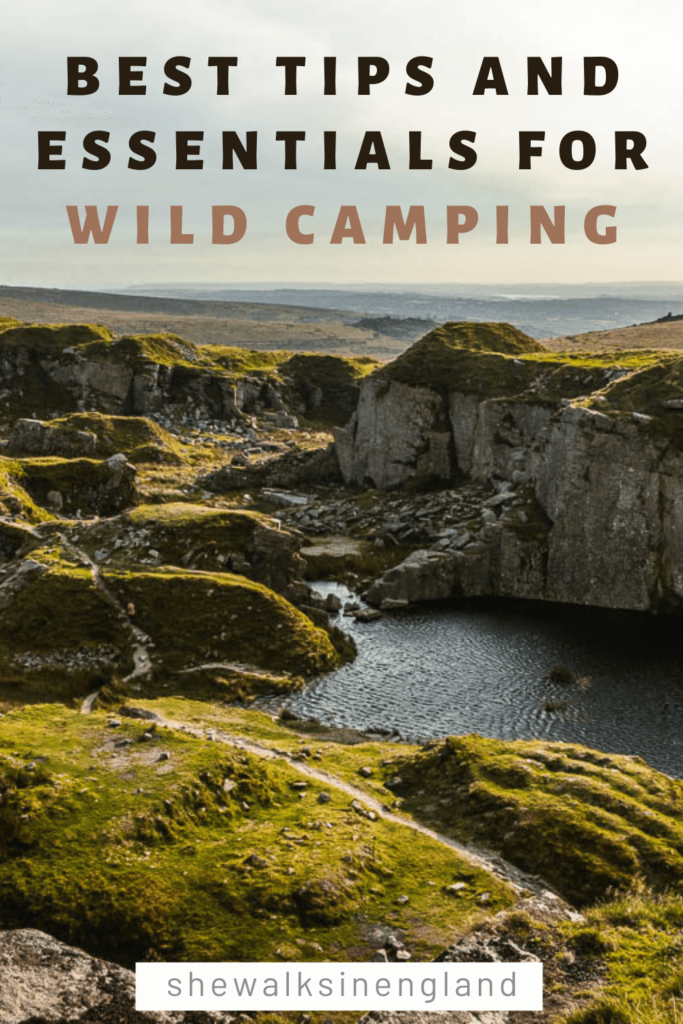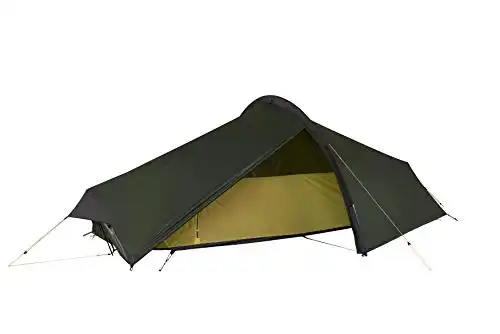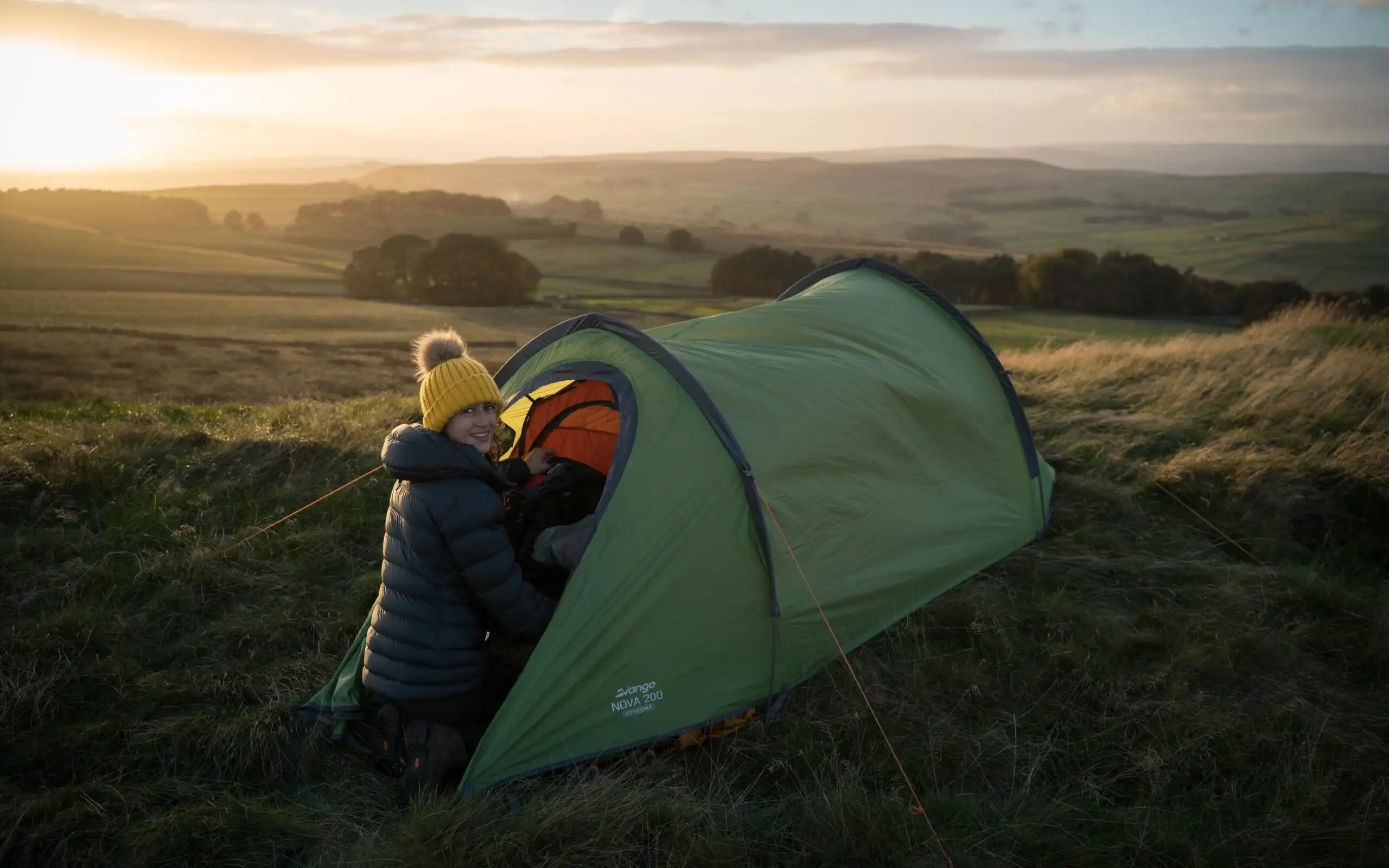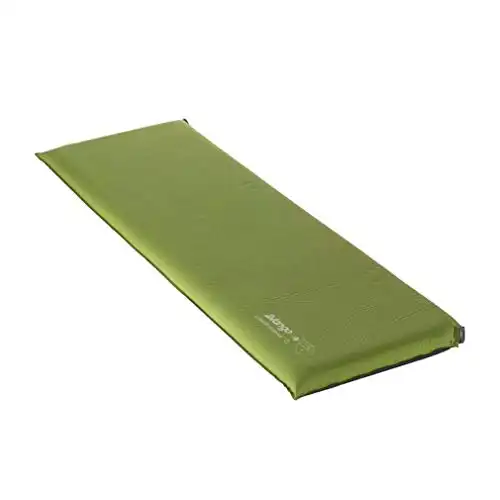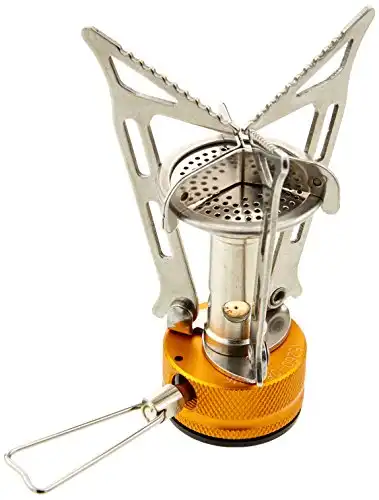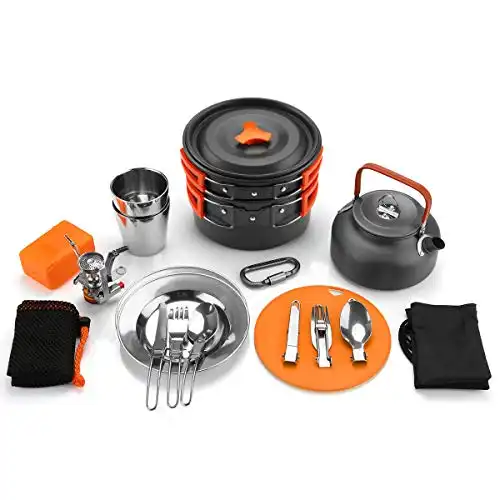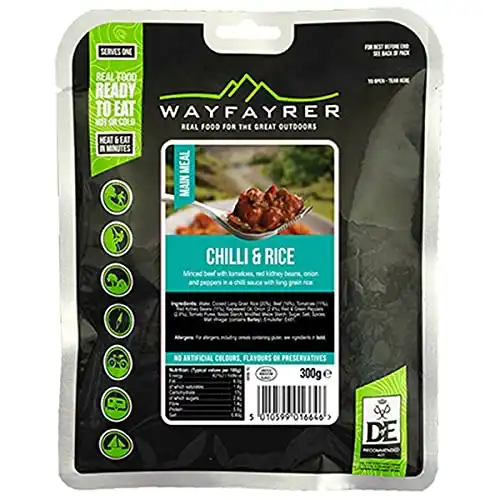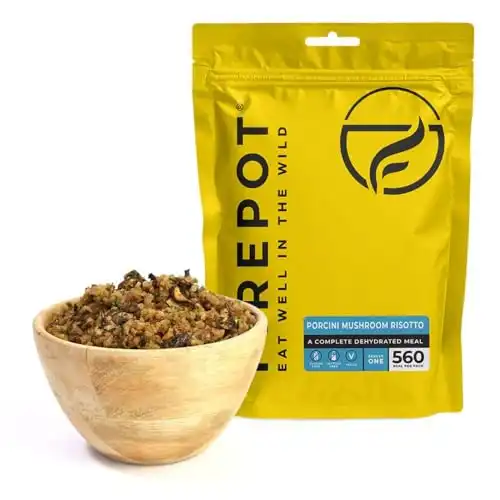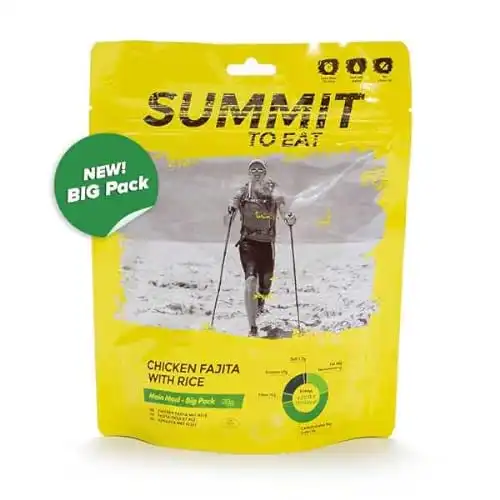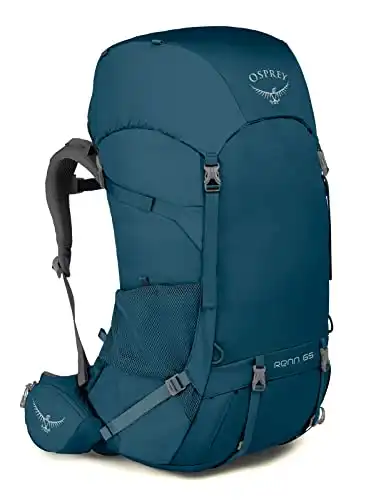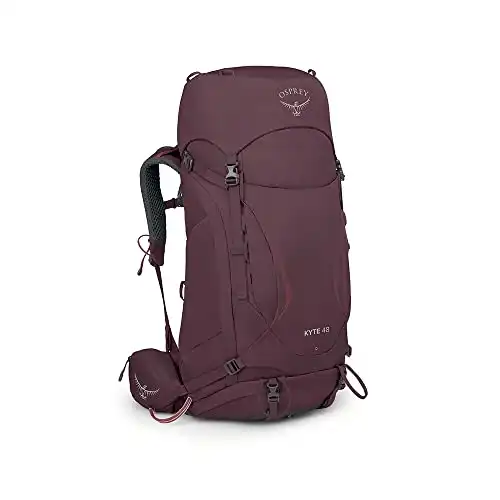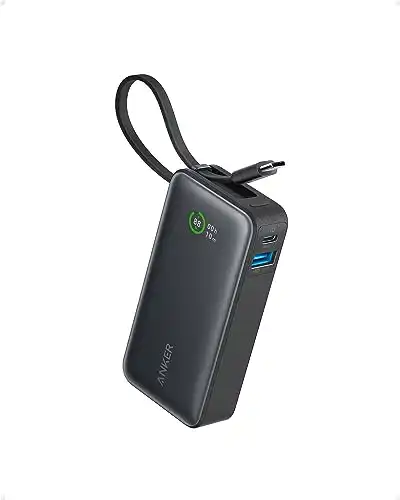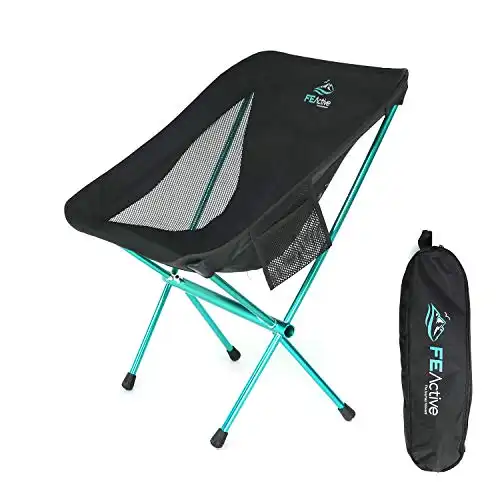Wild camping is a wonderful thing. It’s a chance to get away from everyone and everything, and be right in the heart of nature. If you have never done it before, it can be quite daunting, so what I’m going to do in this guide, is go through some tips and essentials, which will cover things to pack and rules to follow when wild camping.
At the end I have provided a quick look packing list of all the essentials to take with you wild camping.
Traveling in a camper van? Find out more on the must have camper van accessories here
Want to try camping in a car? Find out more on car camping tips for beginners here.
I will also go through some useful tips on how to find the perfect wild camping spot, and advice on how to make the experience as amazing as possible.
This post uses affiliate links. As an Amazon Associate, I earn from qualifying purchases. You can read the privacy policy or Disclaimer for more info.
What is wild camping?
The basics is, it’s camping outside of a designated campsite. However there is more to it than that. The whole concept of wild camping is setting up somewhere remote, with only the essentials, and in and out like you were never there.
It’s about going back to basics, and being right in the heart of nature. Witnessing magical sunsets and sunrises, more stars than your thought possible. The sounds of birds chirping or waves crashing (if you are by the sea).
Ollie and I love to wild camp, and although we now have a camper van, we still have our tent camping gear for the occasional wild camping excursion.
Read more: Must have camper van accessories and gadgets
Not sure if you want to take the plunge yet? You could try car camping first. Read here to find out more.
Before Ollie, I had never properly or independently wild camped. I had only gone to campsites, or been part of a group excursion. Now that I have experienced wild camping, I will never go back.
Along the way I have learnt a few things, which is what I want to share with you today.
What are the rules?
First things first. You need to check if you are allowed to wild camp in the country you are in. You can wild camp in Scotland, but you cannot legally wild camp without permission anywhere in England, except Dartmoor National Park, which has its own bylaws. Bummer, I know.
Read more: Everything you need to know about wild camping in Dartmoor
Read more: Best hiking trails in and around Dartmoor
This doesn’t mean you can’t wild camp. Most land in England is privately owned, so you can ask the land owners permission. Some don’t mind. Some do mind, but will give you advise on where you can go. Others just want you to go away.
Some people choose to wild camp in secret. Just be aware that the penalty is up to 3 years in prison and £2500 fine. Don’t panic, as this the extreme. In most cases, you will just be asked to move.
Wild camping code of conduct
The most essential thing when it comes to wild camping, is leave no trace. Leave the place exactly how you found it, or better, by taking away any trash you find. This is in order to cause minimal impact to the landscape, the wildlife, and the people that live there. You basically want it to look like you were never there.
Here are some of the essential rules to follow when wild camping:
- Take your rubbish away with you. This is everything from food packaging, to loo roll, and anything in between. Have a sealable bag to put all your rubbish in.
- Stay in one location for as few nights as possible. This helps avoid damage to the land. Some countries have rules for the max number of nights. In Dartmoor, the maximum is 2 nights. I personally have never stayed more than one night in one location.
- Keep your camping group small. This again helps prevent damage to the land. Also, if you are trying to be discreet, it’s much easier with less people.
- Bury your poo. If you have to go, you have to go. But you should bury it, and make sure it’s at least 50m away from a water source.
- Be out of sight. So this is away from livestock, roads and buildings. The more remote you are the better. You also want to blend in with the landscape. Think small green or brown tent.
- Don’t use shampoos, soaps or the like in the rivers, lakes or ponds.
- Arrive late and leave early. A good rule to follow, is set up in dark and pack up by sunrise. This goes with the whole concept of being out of sight and discreet. I’m a morning person, so waking up early is easy for me. It’s less easy for Ollie, and I’m constantly fighting to get him up.
Tips for Wild camping
- Although you should pack up by sunrise, you don’t have to actually leave. Instead, just pack up your camping gear, so it’s just you and your backpack. Then sit and enjoy the sunrise with a nice warm drink. That way you won’t disturb any morning walkers. There are always dog walkers around.
- Following on from the above point, you don’t have to set out on the hike to your camp spot in the dark. You can already be there. Just make sure to only set up your stuff after dark. Enjoy the sunset.
- Also remember, if you have pitched somewhere without permission, if you are asked to leave, you must leave. Even if it’s late at night, and pouring with rain. You are in the wrong, so don’t try and fight it, you will only make it worse.
- If you have never camped before, or you have new gear, before you head out wild camping, a good tip is to practice setting up your tent before hand. That way you can figure it all out and make sure everything works. As you will be setting up your camp in the dark, it will be harder to see what’s what, and be a real pain if things aren’t working.
If you fancy learning some serious survival skills, if you head to Dartmoor, where the special forces train, you can do this three day survival course. It includes setting up emergency shelters, lighting a fire from scratch, navigating using the stars, abseiling, helicopter extraction, wild food foraging, and much more.
Tips on finding a wild camping spot
The problem with giving you tips on the exact location to go wild camping, is that lots of people will now know about it and head to that spot. So it essentially goes against the whole concept of wild camping. (Wait for it, I will help you!)
Imagine turning up and finding a bunch of other people there. You might as well have gone to a campsite. One of the fun things about wild camping, is finding a place by yourself, like your own little secret.
Also, that spot will likely become over trodden, which is one of the things we want to avoid with wild camping.
However, I will give you a few tips, which I follow (and have learnt from my own mistakes) on how to find the perfect wild camping location.
- Study a map. Look for areas that are far away from buildings, and roads. You also want to avoid being on the side of a hill. On a map, all those curvy lines mark the elevation. The closer the lines are to each other, the steeper the hill. Lines far apart are the flatter spots. I use the Alltrails App for this.
- Scout locations on a hike. Wild camping and hiking go hand in hand, so a good tip to follow, is to keep an eye out on your hike for anywhere that might be a good spot to set up. Then mark it on your map for later. A good tip is to put a pin on your google maps of your scouted wild camp locations. Mine have their own dedicated flag.
- Find your spot during the day (but come back to it later). This one is covered if you have marked locations you find on a hike. It’s an important tip to follow, as trying to find a place for wild camping in the dark is very difficult, and you won’t fully know your surroundings. Ollie and I have done this and woken up in the morning to find we are either near the road, or practically on a walking trail.
- Avoid areas that are very exposed, as you will be at the mercy of the elements, plus you are not that invisible if you are exposed. Also, try to avoid being at the bottom of a valley. This is more to do with the fact that it’s a flood risk if it rains, plus the air is much colder down there.
Wild Camping Essentials – What to pack
As wild camping is all about being back to basics, you don’t need to pack much, but there are a few essentials you will need for safety, comfort and discreetness. Here are 20 tips on the essentials you will need for wild camping (At the end I will put everything into list form for easy reference):
1) Tent
A small brown or green tent is the best option, as it’s discreet and blends in with the landscape. These 2 person tents by Terra Nova (high end) and Vango (budget) are very good. Both are lightweight, discreet, and easy to set up.
|
High End
|
Budget
|
|
Description: This 1 person tent is super lightweight, at just 1kg when packed up. It packs up super small too, down to 30cm x 14cm. |
Description: This Vango 2 person tent is a little heavier and larger, weighing 2.5kg. It is half the price though. |
This 1 person tent is super lightweight, at just 1kg when packed up.
It packs up super small too, down to 30cm x 14cm.
This Vango 2 person tent is a little heavier and larger, weighing 2.5kg.
It is half the price though.
However, you don’t always need a tent….
2) Bivvy Bag
This is a small sack you sleep in, instead of a tent. This is hardcore camping for ultimate discreetness. I have only slept in one once, as a child. Back then I didn’t even like camping, but was forced to do it as part of DofE.
Now that I like camping, I still don’t have any urge to get in a bivvy bag.
Even if you don’t want to camp in a bivvy bag, if you are out doing things in the wild, you should have one with you anyway, as part of your emergency kit.
3) Sleeping bag
If you are wild camping in England, for a good chuck of the year it’s not that hot, so my tip would be to pick either a 3 season or winter sleeping bag.
Read more about recommended sleeping bags: Tips for staying warm in a tent
4) Sleeping mat
This is to lie on top of, to get a layer between you and the ground. Both for comfort and warmth. If you are wild camping, I would recommend either an inflatable or self inflating mat, as they can pack up small. A closed cell foam mat is big and obvious, so I would leave that one out for this trip.
Here are a couple of good options:
Budget: Vango self inflating sleeping mat
High End: Thermarest inflatable sleeping mat
I go into a lot more detail on the different types of sleeping mats, with more options from budget to high end, on my guide on how to keep warm in a tent here.
5) Head torch
As you will be likely setting up in your wild camping spot when it’s dark, a head torch is an essential bit of kit, so you can see where you are going and what you are doing when setting up the tent. Make sure to take spare batteries as well. Just incase.
6) A trowel (mini shovel)
This is for digging a hole for your poo. A small compact shovel is best, so it doesn’t take too much space on your bag.
7) A cooking stove/eating utensils
This isn’t actually essential, as you can pack food that doesn’t need to be cooked, but I do recommend it, especially if you are out wild camping in a remote place and it’s cold. Getting warm food or drink in you is an important factor in keeping warm and safe. At the very least, you can have coffee in the morning.
Cooking stove – These are small and lightweight. You need to buy the gas separately and stick them together.
Utensils/cookwear – You can get ones specific to camping. They should pack away small. They often come in a set, and you can take out what you need for the trip.
Also remember to take a lighter and matches.
If you would like to keep things as simple as possible, you could take a flask with your meal pre-prepared. I would invest in a really good quality flask though, to ensure everything stays warm for you by the time you eat it.
This Stanley Classic Thermos is excellent, and can keep the contents hot for up to 20h:
- Leak proof
- BPA free
- Keeps contents hot for 20h
- Dishwasher safe
If you fill it with boiling water, this can then be used if you are cooking from a meal pouch. Or hopefully it will still be hot enough for coffee the next morning.
8) Food and water
Food and water are obviously essential, but you should definitely give some thought as to the type of food you decide to take wild camping.
Make sure that includes food that doesn’t need to be cooked. Even if you have a cooker with you. What if your gas runs out? Or it’s so windy that you can’t light it? Or you are just too tired for the effort.
Having some energy bars, will cover you in these situations. As for proper food, what you take is up to you and your preferences. The easier and quicker it is to cook, the better. I’m going to get a separate guide up on food for camping, as you can go so many ways with this one.
For a quick suggestion, you could take some food packs. They take up nearly no space in your bag, and are quick to prepare. You can choose packs that are ready to eat, or freeze dried.
I have recently bought a selection of Firepot dehydrated food packs. I haven’t tried them yet, as I’m saving them for my next long distance hike, but will let you know how they taste when I do!
|
Description: These packs are ready to eat, so you have the options of eating them cold if you find yourself in a situation where you can't heat it up. Cold food is better than no food. To cook them, you would need a pan and they can be boiled in the pouch or cooked in the pan. |
Description: These are dehydrated food packs, so also really lightweight. What I love about these ones is that it's all natural fresh ingredients. I have just bought a few flavours and I'm excited to try them. To prepare them, you add boiling water into the bag. |
Description: These are freeze dried food pouches, so are super lightweight which is just want you need if you are wild camping after a hike. You prepare the food by adding boiling water into the pack. |
These packs are ready to eat, so you have the options of eating them cold if you find yourself in a situation where you can't heat it up. Cold food is better than no food.
To cook them, you would need a pan and they can be boiled in the pouch or cooked in the pan.
These are dehydrated food packs, so also really lightweight.
What I love about these ones is that it's all natural fresh ingredients. I have just bought a few flavours and I'm excited to try them.
To prepare them, you add boiling water into the bag.
These are freeze dried food pouches, so are super lightweight which is just want you need if you are wild camping after a hike.
You prepare the food by adding boiling water into the pack.
We are a bit more bouji and usually take chickpea/lentil pasta when wild camping. Hear me out, it cooks much quicker than regular pasta and is protein and carbs in one. We will also have some sort of pasta sauce to go with it. We always take some porridge and coffee for the morning (you can portion these into ziplock bags), a small or medium carton of UHT milk.
9) Sealable rubbish bag
This is for any of your waste, including loo roll. By having it sealed in a ziplock bag, it avoids attracting and disturbing the wildlife who might smell it and come and rummage around in it.
10)Tupperware/ziplock bag for your food
Having Tupperware or a ziplock bag follows the same concept of not attracting the animals, by having your food sealed away. A ziplock bag takes up less space, so this is the better option of the two. Although, it will depend on what food you are taking.
You can get these ziplock multipacks, which are a bit more expensive, however, there are a variety of sizes in the pack, which is very useful to be able to use the right size for what you need it for.
For tupperwear, I recommend Sistema Brilliance. It’s not the cheapest of tupperwears, but the seal is the best. I actually use this for taking food to work.
- Leak proof
- BPA free
- Dishwasher, freezer, and microwave safe
11) Backpack
As you should only wild camp with what you can carry on your person, a good backpack is essential.
Something you can fit all your gear in, with pockets to help with organisation of the little bits. This makes life a lot easier when you are rummaging around in the dark.
My favourite is anything Osprey. They aren’t the cheapest backpacks, but the quality is excellent.
If you are wild camping with someone else, you can get away with a smaller bag, as you can share the gear between you. If you are going alone, I would suggest the bigger one. The tent, sleeping bag, and mat, will all take up a fair chunk of space. So make sure to factor in the size of the rest of your gear when choosing a backpack for wild camping.
Here are a few bags I recommend for wild camping:
|
Description: This is only 30L, so would be more suitable if you are packing light, or you are wild camping with someone else and can share gear. This bag can also be used for day hiking, so it's more multipurpose. It doesn't come with a rain cover though. |
Description: This is the larger backpack, which you will be able to fit all your wild camping stuff in without issue. A rain cover is included. Due to the size, it would be too big for day hikes. So if you are investing in a backpack, think about how much you will be able to use it, ie how much wild camping do you plan to do in the future. It could also be used for holiday travel. |
Description: This is the in between size. It also includes a rain cover. I have used the Kyte for multi-day hikes (not wild camping though, but staying in bed and breakfasts). It's a good size for fitting gear in. However, I would say it's also too big for day hikes. It's best kept for multi day trips or wild camping. |
This is only 30L, so would be more suitable if you are packing light, or you are wild camping with someone else and can share gear.
This bag can also be used for day hiking, so it's more multipurpose. It doesn't come with a rain cover though.
This is the larger backpack, which you will be able to fit all your wild camping stuff in without issue.
A rain cover is included.
Due to the size, it would be too big for day hikes. So if you are investing in a backpack, think about how much you will be able to use it, ie how much wild camping do you plan to do in the future. It could also be used for holiday travel.
This is the in between size. It also includes a rain cover.
I have used the Kyte for multi-day hikes (not wild camping though, but staying in bed and breakfasts). It's a good size for fitting gear in. However, I would say it's also too big for day hikes. It's best kept for multi day trips or wild camping.
12) First aid kit
As you will be out away from everyone, in a remote place, be sure to take a first aid kit. This is sort of survival basics. You most likely won’t need it, but if you do, but you don’t have it, things could get real bad.
13) A phone
Seems almost counterintuitive, to have a phone with you when the whole point is you are remote and away from civilisation. But you need it for emergencies. You can put it on silent, and tuck it away, but it’s still there if something happens and you need it.
14) Power bank
A power bank is for those emergency situations, to make sure your phone always has charge. If you are out hiking for multiple days, and wild camping in different spots, it’s essential that you keep your phone changed. Your phone battery will unlikely last the whole trip (if it’s an iPhone, it probably won’t last a day). Even if you are out just for one night, I would still recommend taking one. If it’s a cold night, this drains your phone batterie quicker.
I have experimented with a few, but my favourite is Anker. It has lasted me the longest, and gives me the most charges per one charge. They also do smaller Nano power banks. These don’t hold as much charge, however should be enough if you aren’t out wild camping for that long. The benefit of them is they are super lightweight.
|
Description: This power bank has a 20,000mAh capacity (basically means you will be able to charge your phone lots of times). For example, you can charge an iPhone 12 5x with it. It has a 20w USB-C port for fast charging, as well as a USB port so you can charge multiple devices. It also comes with 18 month warranty. |
Description: This one has a smaller capacity at 10,000 mAh, so you won't get as many charges with it. On the plus side, it's much smaller and lightweight, which is more desirable for hiking. It also has a USB-C charger integrated into it, with a separate USB port. |
This power bank has a 20,000mAh capacity (basically means you will be able to charge your phone lots of times). For example, you can charge an iPhone 12 5x with it.
It has a 20w USB-C port for fast charging, as well as a USB port so you can charge multiple devices.
It also comes with 18 month warranty.
This one has a smaller capacity at 10,000 mAh, so you won't get as many charges with it.
On the plus side, it's much smaller and lightweight, which is more desirable for hiking.
It also has a USB-C charger integrated into it, with a separate USB port.
15) Layers
This is all about the clothes you will wear. It’s important to stay safe when wild camping, and an essential part of that is making sure you don’t get too cold.
I cover this in a lot more detail on what to wear when hiking on cold weather. Although that’s about hiking, the whole layering concept is the same.
You can also find some more tips on my guide on keeping warm in a tent when wild camping.
Make sure to also have some spares on you, incase you get wet. You don’t need spare of everything. I would takes spare socks and base layer, which won’t take up much space in your bag.
Want more guidance on layering? I go into much more detail on my cold weather hiking guide here.
16) Waterproof
Part of the layering system, having waterproof layers not only protects you from any rain that should decide to come, but also the wind. They pack up small, so it’s good to always have them in your bag, just incase.
I do recommend something Gore-Tex, or Pertex. These aren’t the cheapest, but they are some of the best quality for waterproofness.
I explained in more detail, how to pick a good waterproof jacket on my guide on cold weather hiking. However, for a quick look, here are some that I recommend:
This is a 3 layer Gore-Tex jacket, which will withstand hard wear. As such, it's not the cheapest out there, but you are paying for better quality.
These are the ones I own. I've had them for about 7 or so years now, and they are still going strong.
They use paclite Gore-Tex, which is the lowest level, however, it means they are super lightweight which is perfect for wild camping.
I have also found them to be always fully waterproof.
Remember, although we are going back to basics with wild camping, it’s essential that you protect yourself from the elements. Waterproof gear also doubles up as something to sit on.
Read more: Tips for rainy day hiking
17) Map and compass/GPS
Having a map and compass is useful for navigation, and a lot will say it’s essential for wild camping. I will admit though, I never take one out with me when hiking or wild camping in England. I do rely on my phone GPS and AllTrails, which has its cons, in that the battery could die, the phone could break etc.
Having a back up compass and map is the sensible thing to do….I’m just not the most sensible person.
Non essentials for wild camping
18) Portable chair
You don’t need a chair, but it can make the experience more enjoyable, especially if the ground is wet.
There are portable chairs and stools out there that are lightweight and pack away quite small. Designed with hiking and camping in mind, here are a couple of good options:
|
Description: This is the smaller, more lightweight stool. Although it will be lighter to carry out on a hike, it's not going to be as comfortable to use. It is cheaper though. |
Description: This stool is bigger, although, it still packs up small and won't add too much weight. It will also be much more comfortable to use. |
This is the smaller, more lightweight stool. Although it will be lighter to carry out on a hike, it's not going to be as comfortable to use.
It is cheaper though.
This stool is bigger, although, it still packs up small and won't add too much weight.
It will also be much more comfortable to use.
Alternatively, a simple bin bag (or your waterproof layers) could be used for sitting on, to protect you from the ground if it’s wet.
19) Personal hygiene product
Yes, you are going back to basics when wild camping, but that doesn’t mean you have to give up on your personal hygiene. We usually take with us some hand sanitiser gel, loo roll, deodorant and toothbrush/toothpaste.
20) A quick dry microfibre towel
This is for freshening up in the morning, or drying yourself off in the evening if you did get wet. These microfibre towels are quick drying, so perfect for camping trips.
If you aren’t too far from a lake, you could go for morning dip. That should definitely wake you up.
Wild camping essentials packing checklist
- Tent
- Bivvy
- Sleeping bag
- Sleeping mat
- Head torch
- Trowel
- Cooking stove and utensils. Lighter and matches.
- Food and water
- Sealable ziplock bag/rubbish bag
- Backpack
- First aid kit
- Phone
- Power bank
- Layers
- Waterproof gear
- Map and compass/GPS
Optional/non essentials for wild camping
- Portable chair
- Personal hygiene products
- Flask
- Quick dry microfibre towel
Pin it for later: Wild camping tips and essentials
